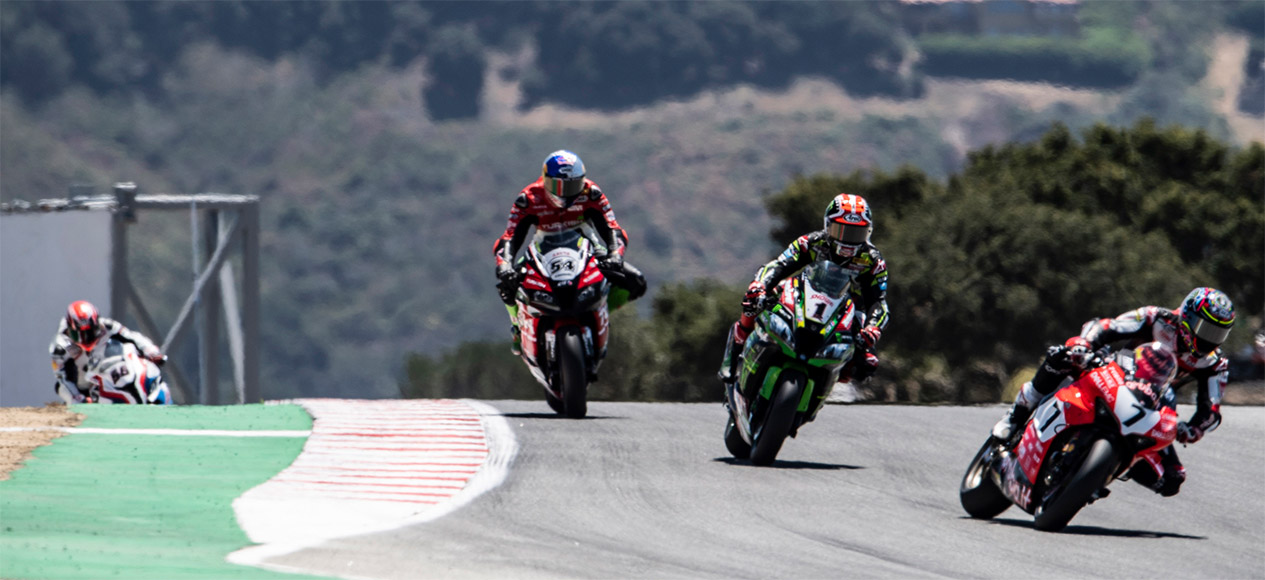Top five… world superbikes for the road
Since its introduction in 1988, the Superbike World Championship has been popularised by its ability to turn the bikes we can buy and ride on the roads into full factory race bikes.
These race bikes were heavily modified but retained the same basic engine (albeit tuned) and frame of the production model, yet could still lap as fast as a full prototype Grand Prix machine around most circuits. This ‘race on Sunday, sell on Monday’ philosophy and the fact that we could ride the same bikes as our heroes made the championship hugely popular in its heyday.
Today, many of these machines are no longer the range topping superbikes they once were, but sensible second hand buys that can be picked up for a few thousand pounds. But which of these bargains can give you the most superbike kudos for the minimum outlay? Here are five of our favourites…
Ducati 999S
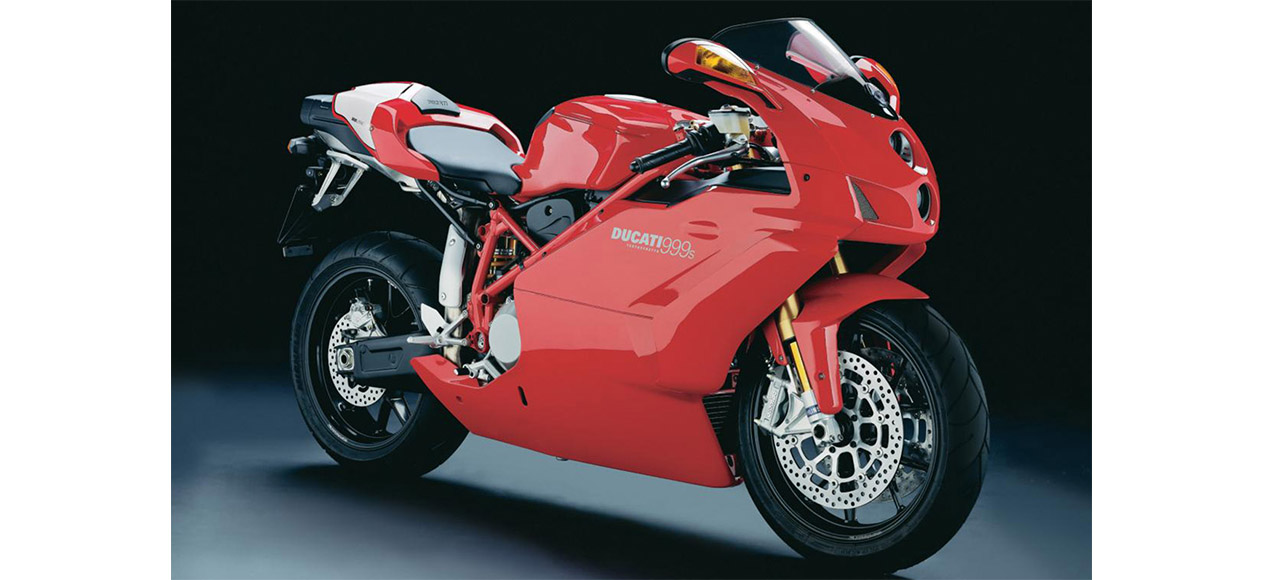
As the championship’s most successful manufacturer, there absolutely has to be a Ducati in this list – but which one?
That’s a more difficult choice that it appears to be. World superbikes work on homologation rules, in other words a certain number of base production bikes must be built and made available for sale in order for them to be eligible to race. The exact numbers depended on whether or not a manufacturer was deemed as a major player or a niche manufacturer. As a small manufacturer in the early days, Ducati would make small runs of as little as 200 highly exotic bikes upon which to go racing. These would be super expensive when new and spent more time in motorcycle collections than on the road. Early Ducatis, such as the 851, 888 and 916, the quintessential Ducati racer, are all bona fide classic motorcycles – but superbikes for the daily ride? Probably not.
So we’ve gone for the 999, the successor to the 916, which offers better road going manners and better affordability. The 999 won the title at its first attempt, with Neil Hodgson in 2003, and won two more championships (with James Toseland and Troy Bayliss) in 2004 and 2006.
Technically the race bikes were highly exotic racers built by Ducati Corse, the company’s race department, and the 999R was the homologated top of the range street bike, upon which they were based.
But a 999S is the middle model, with trendy looking Ohlins suspension and a six grand price tag on the second hand market. Get one with a Fila or Xerox paint job and your mates will think you’ve just rolled off the grid at Monza or Laguna Seca…
Suzuki GSX-R1000 (K5)
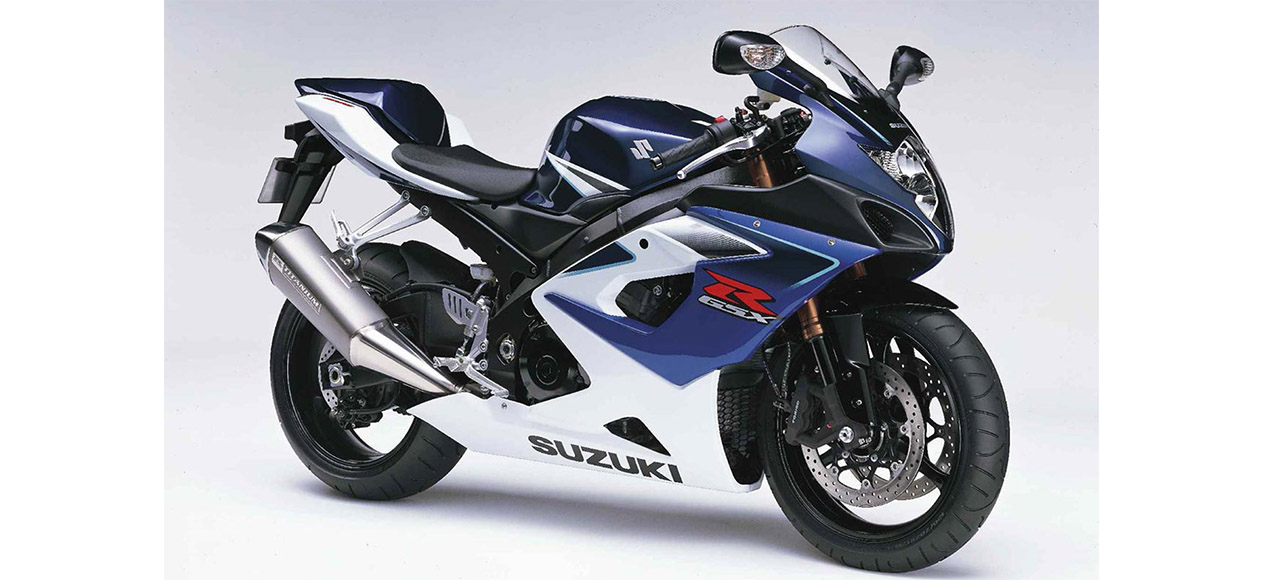
The mid-2000s saw a seed change in the Superbike World Championship.
Up until that point, you needed a super trick ‘homologation special’ bike to challenge for the podium. From the early Honda RC30 and Yamaha OW01s, through to a plethora of Ducatis and the HRC built Honda V-twins, not to mention the Yamaha YZF-R7, the championship was full of rare bikes that were expensive, rare and frankly not very good on the road.
But when the championship opened up to 1000cc four-cylinder bikes (as opposed to 750s) all that changed. Fireblades, R1s and ZX-10Rs all became eligible to race in the series, and the best of those was the 2005 (K5) incarnation of the Suzuki GSX-R1000.
Even without its racing heritage, the K5 would undoubtedly be a legendary bike. In the highly competitive world of street superbikes, Suzuki brought out the lightest, most powerful and best balanced litre bike of the lot. In the hands of Troy Corser and the Alstare Corona team, the GSX-R was unstoppable in 2005, at least in the first half of the season. It was Suzuki’s first (and so far only) world superbike title and added to the legend of a ‘Gixxer’ that was already considered the pinnacle of the company’s flagship model.
Aprilia RSV Mille
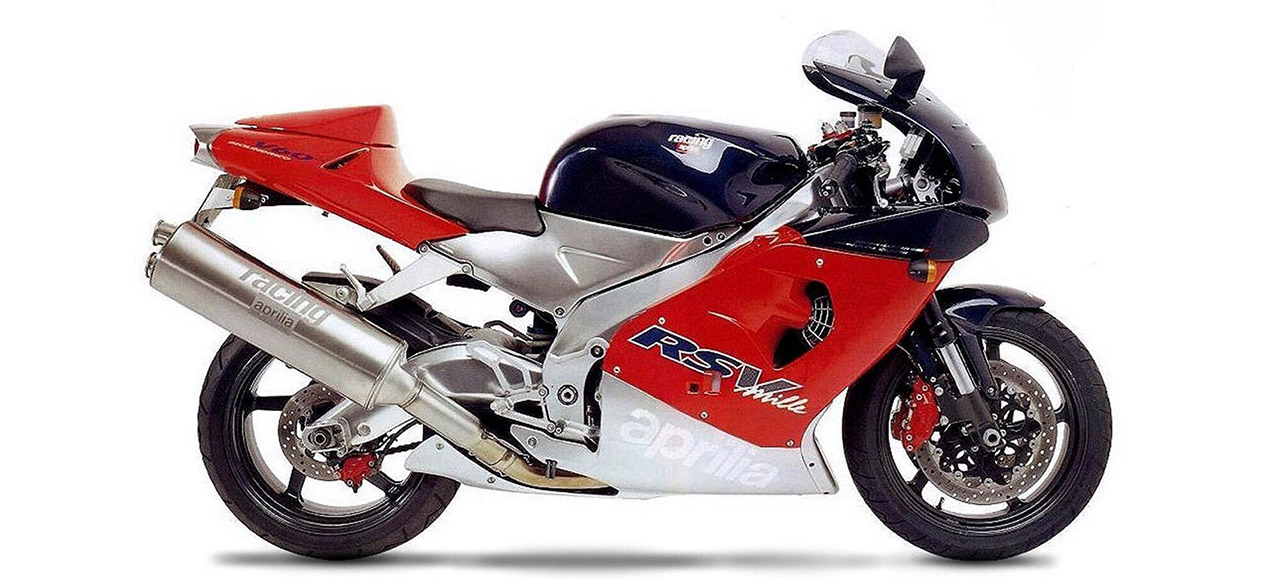
World superbike history is full of many ‘nearly’ bikes which provide plenty of cheap performance these days. From the mundane Kawasaki GPX750R (a one race winner during the inaugural season) to Yamaha’s YZF750 of the 1990s and this, the Aprilia RSV Mille that won races around the turn of the millennium.
Aprilia made numerous versions of the RSV, a booming V-twin that was the Noale manufacturer’s first entry into the big bike market. The top model was the Mille SP, of which only 150 examples were made (the minimum requirement for homologation), and this had a special Cosworth developed version of the Rotax built 60-degree V-twin.
But the standard version can now be picked up as cheap as chips and, for just a few grand you’ll get a lot of performance bike with some great heritage. The bike itself feels a little top heavy compared to most modern superbikes, but the engine’s a corker and there’s no doubt that it goes as well as it looks.
The Mille’s entry into world superbikes was much anticipated thanks to Aprilia’s phenomenal success in the smaller Grand Prix classes at the time. After a development year in 1999, the factory put former champion Troy Corser on the bike for 2000 and he set pole position first time out and won four races across the season to finish third in the standings. He took two more wins the following year (with team-mate Regis Laconi also on top of the box) while Noriyuki Haga finished third in the championship on one in 2002.
Despite winning races, the Mille (Italian for ‘thousand’) never really challenged for a title, most likely because Aprilia ran Dunlop tyres rather than the more favoured Michelins found on the factory Ducati and Honda team bikes.
Aprilia dipped out of world superbikes at the end of 2002, as they switched their full attention to the new, four-stroke, MotoGP championship. They came back to win the superbike title with Max Biaggi and their V4 superbike a decade later, but the original Mille’s comparative lack of heritage compared to contemporary models from Ducati and Honda means that they’re a positive bargain on the second hand market.
Yamaha YZF-R1 (14B)

Surprisingly, despite being there from the very beginning, Yamaha have been one of the least successful of the Japanese manufacturers in the Superbike World Championship.
Back in 1988, the first season of the championship, Yamahas won four races (three from future 500cc king Mick Doohan) with the aging FZ750 but with riders dipping in and out of the series, they were unable to mount a consistent title challenge.
The iconic OW01 racer for the road arrived in 1989 and won more races, without challenging for titles, while the 1990s were a fallow time as Yamaha stuck with the 750cc four cylinder format against the dominant 1000cc V-twin Ducatis.
Despite the rules changing to allow 1000cc fours into the series, the 2000s were not much better, as the aggressive 20-valve R1 struggled not only against the Ducatis, but also the Honda Fireblade and Suzuki GSX-R1000.
However the breakthrough came in 2009, when American rookie Ben Spies came and won the series in his one and only year in the championship. Armed with the new ‘big-bang’ R1 (factory code 14B) the Texan won 14 races, but only just won the title by six points (ironically from former Yamaha legend Nori Haga) due to a number of retirements and a late season drop in form. With 16 valves and a different firing order, the R1 gave the feeling and power delivery of a twin, and eliminated the perceived disadvantages of previous generation machines.
The 2009-2011 R1 can be picked up relatively cheaply on the second hand market (as low as £5000 for a reasonable one) and although they are unlikely to be as desirable as the original 1998-1999 models for classic bike collectors, the race track success and the fact that the 14B borrowed a lot of its technology from Valentino Rossi’s MotoGP bike means that it will always have a place in the hearts of many Yamaha enthusiasts.
Kawasaki ZX-10R Ninja
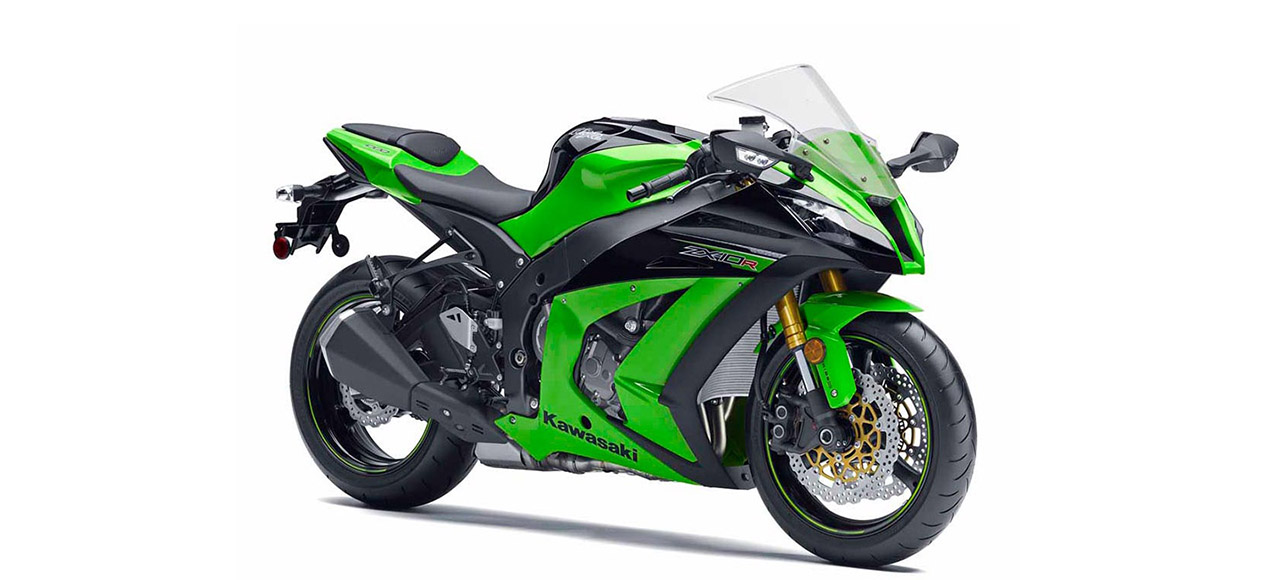
In recent years, Kawasaki have been the brand to beat in world superbikes. Tom Sykes gave the ZX-10R its first world title in 2013 and since then Jonathan Rea has been the main man for Team Green, with four back-to-back-titles.
These days Kawasaki race the more exclusive ZX-10RR, a limited run of 500 bikes with a number of small but important changes aimed giving them a small advantage on the race track, but visually the standard ZX-10R is almost identical and is just as good on real world roads.
Originally launched in 2004, Kawasaki were later to the litre bike party than their rivals. Early models were notorious beasts, with big power, aggressive delivery and a chassis that wasn’t as refined as that of its rivals.
That all changed in 2011, when Kawasaki decided to take a more holistic approach to its superbike. With sophisticated electronics and a more user friendly nature, the ZX-10R suddenly made a lot more sense to road riders and track day enthusiasts.
It also transformed the Ninja’s potential as a race bike too. Sykes came within half a point of winning the 2012 world title, before finally securing it the following year. Road going examples of these bikes can be had for less than £7000, while regular updates over the years has kept Kawasaki at the head of the superbike pack. If you want a bike to pay homage to today’s Superbike World Championship, the Kawasaki ZX-10R Ninja is the real deal.


